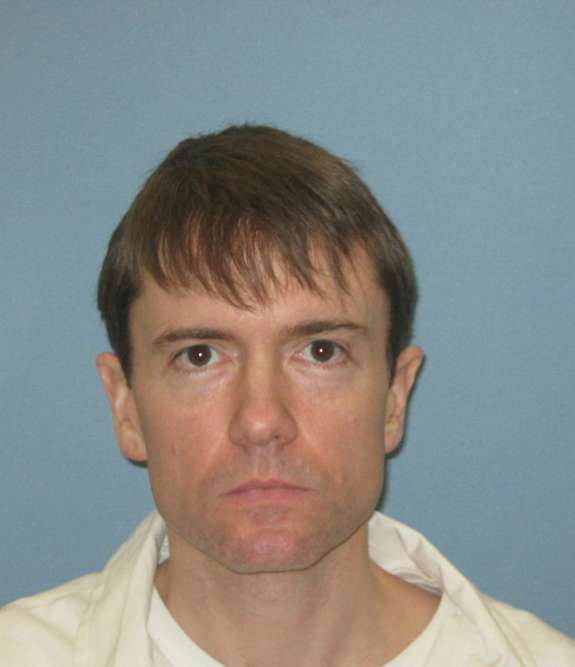Kevin Towles Alabama Death Row
Kevin Towles was sentenced to death and remains on Alabama Death Row for the murder of a five year old child. According to court documents Kevin Towles would fatally beat the five year old child Geontae Glass. Kevin Towles would be arrested, convicted and sentenced to death Alabama Death Row Inmate List Kevin Towles 2021 … Read more








